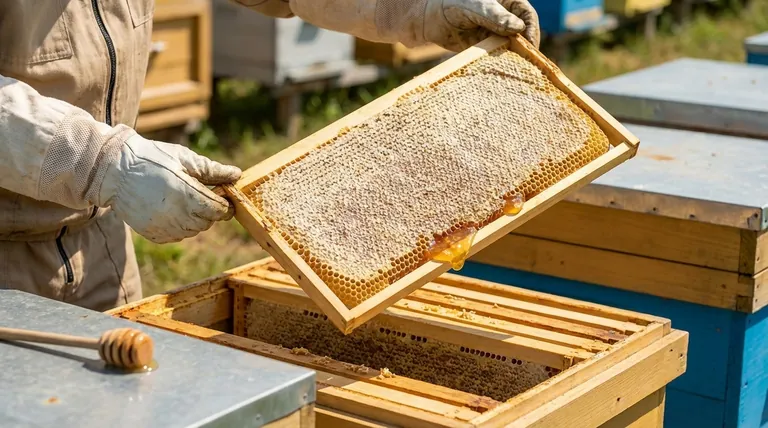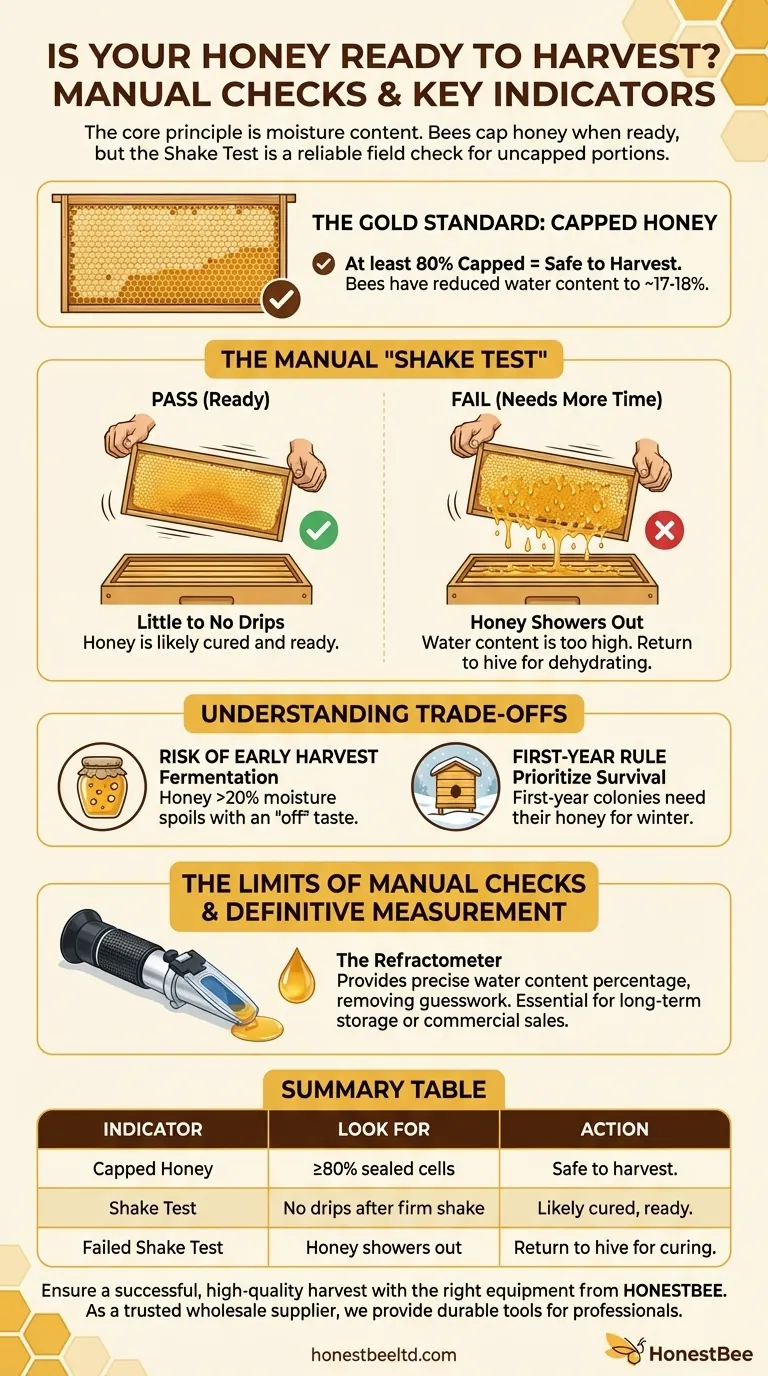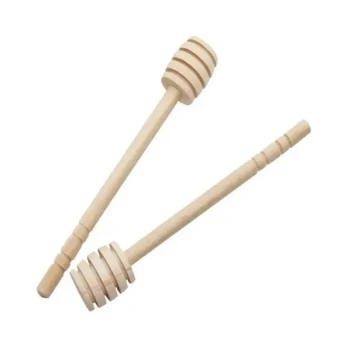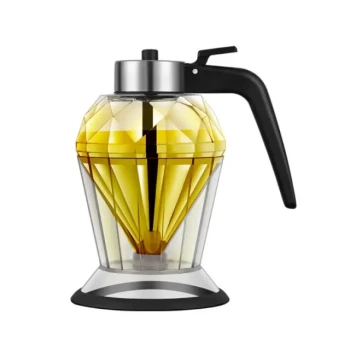To manually check if honey is ready to harvest, you can perform a simple "shake test." Hold a frame with uncapped cells horizontally over the hive and give it a firm shake. If little to no honey drips out, it is likely cured and ready. If honey showers out, its water content is too high, and the bees need more time to dehydrate it before you can harvest.
The core principle of honey readiness is its moisture content. Bees signal this by sealing, or "capping," the honeycomb with wax, but a manual shake test serves as a reliable field check for uncapped portions, preventing the premature harvest of honey that could ferment.

The Primary Signals of Ready Honey
The most important task before harvesting is confirming the honey has been "cured" by the bees. Curing is simply the process of water evaporation, which is essential for long-term storage.
The Gold Standard: Capped Honey
The most reliable indicator that honey is ready is capping. When bees have reduced the water content of the nectar to approximately 17-18%, they seal the hexagonal cell with a fresh wax cap.
A frame that is at least 80% capped is generally considered safe to harvest. The small amount of uncapped honey will mix with the capped honey, and the overall moisture content should remain stable.
The Manual "Shake Test"
For frames with significant sections of uncapped honey, the shake test is your best manual tool. It mimics the forces the honey will endure inside an extractor.
Hold the frame firmly by both ends, tilt it so the cells face the ground, and give it a sharp shake. If honey leaks out, it is not yet cured. Leave the frame in the hive for the bees to continue their work.
Understanding the Trade-offs
Knowing when to harvest involves balancing the desire for honey with the health of your hive and the quality of your final product. Harvesting at the wrong time has significant consequences.
The Risk of Harvesting Too Early
The single biggest risk of an early harvest is fermentation. Honey with a water content above 20% is susceptible to wild yeasts, which will cause it to ferment and spoil.
This honey will have an "off" taste and is not suitable for consumption. Proper curing is not a suggestion; it is a requirement for stable, storable honey.
The First-Year Beekeeper's Rule
New beekeepers should be especially cautious. A first-year colony needs its entire honey supply to survive the initial winter.
Unless the hive is exceptionally strong and has produced a large surplus, it is standard practice to not harvest any honey in the first year. Prioritizing the colony's survival ensures a healthier, more productive hive in the following seasons.
The Limits of Manual Checks
While the shake test is an excellent field guide, the only way to get a definitive measurement of water content is with a refractometer.
This instrument provides a precise percentage, removing all guesswork. For beekeepers who plan to sell their honey or store it for long periods, a refractometer is a worthwhile investment.
Making the Right Choice for Your Harvest
Your decision should be guided by careful observation and a patient, bee-first mentality. A successful harvest is one that doesn't compromise the hive's health or the honey's quality.
- If your frame is over 80% capped: You are clear to harvest. The bees have confirmed the honey is ready for you.
- If your frame has significant uncapped areas: Perform the shake test. If it passes, you can proceed, but if it fails, return the frame to the hive for more curing.
- If you are a first-year beekeeper: The safest and most responsible choice is to let the bees keep their honey to ensure they survive the winter.
Ultimately, patient observation is your most valuable tool for ensuring a high-quality harvest.
Summary Table:
| Key Indicator | What to Look For | Action to Take |
|---|---|---|
| Capped Honey | At least 80% of the frame cells are sealed with wax. | Safe to harvest. |
| Shake Test | Hold frame horizontally and shake firmly; no honey drips out. | Honey is likely cured and ready. |
| Failed Shake Test | Honey drips or showers out during the shake. | Return frame to hive for further curing. |
Ensure a successful, high-quality harvest with the right equipment from HONESTBEE.
As a trusted wholesale supplier to commercial apiaries and distributors, we provide the durable tools—from refractometers to full extraction systems—that professional beekeepers rely on for efficiency and honey quality.
Ready to equip your operation for peak performance? Contact our expert team today to discuss your wholesale needs and how we can support your business.
Visual Guide

Related Products
- Natural Wood Honey Dipper for Tea Coffee and Desserts
- Easy Use Manual Stainless Steel Honey Press for Honey Comb
- Honey Wax Separating Wax Press with Metal Screw Wax Separator Machine
- Inverted Squeezable Honey Jar with No Drip Flip Top Cap for Easy Pouring
- HONESTBEE 3-Frame Manual Acrylic Honey Extractor
People Also Ask
- What is a honey taking spoon called? Discover the Tool for a Perfect, Mess-Free Drizzle
- Why should soap not be used to clean a honey dipper? Preserve Your Honey's Pure Taste
- What happens to the nectar once it is sealed in the cells? The Final Step of Honey Preservation
- How do you clean and store a honey dipper? Simple Steps for Long-Lasting Performance
- What is the purpose of a honey bowl and dipper setup? Achieve Mess-Free, Elegant Honey Dispensing



















